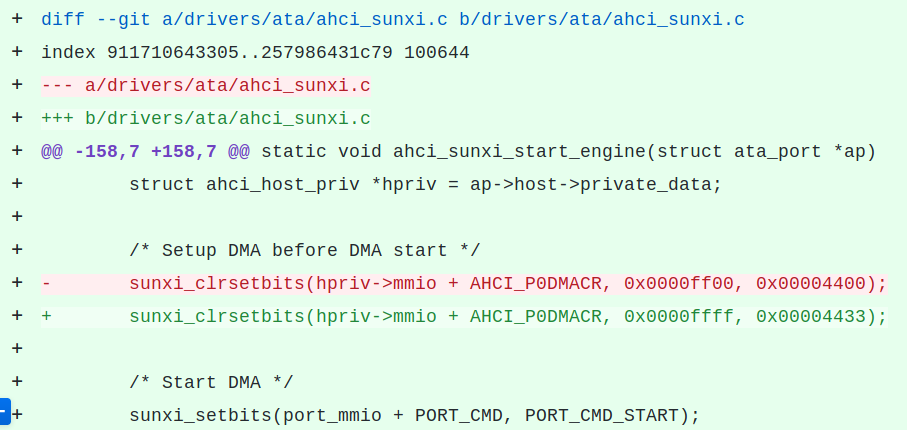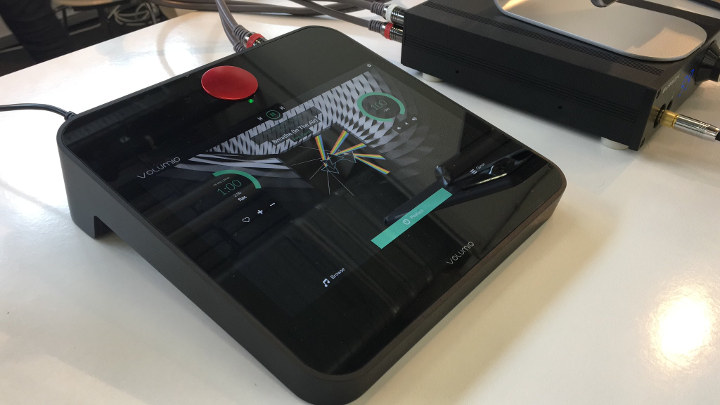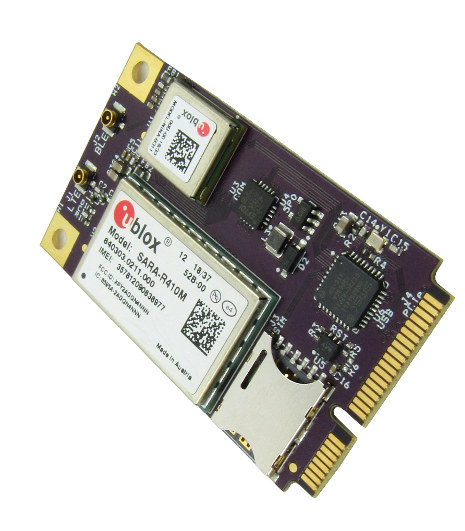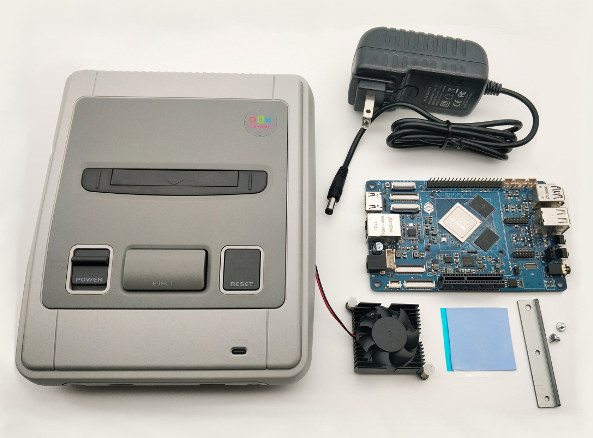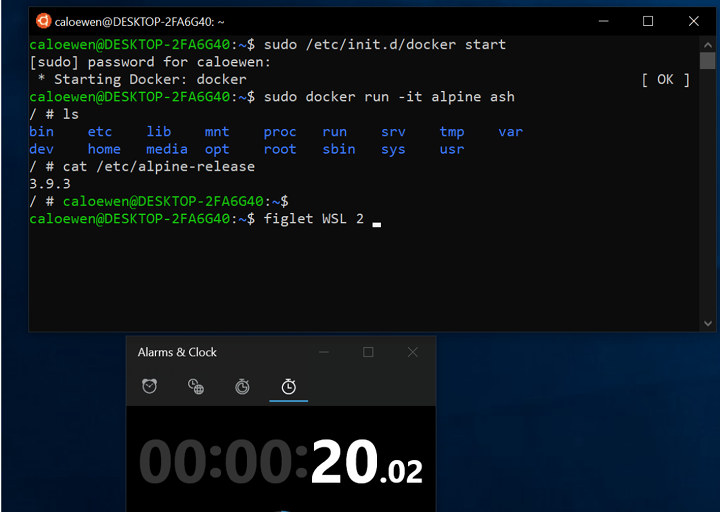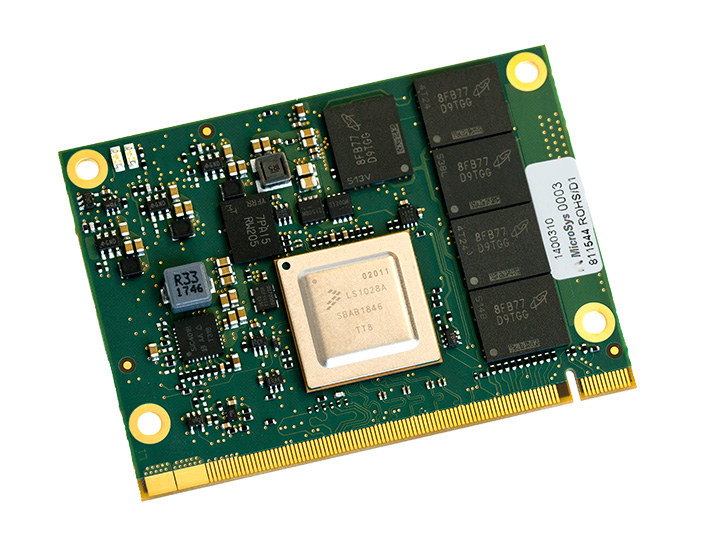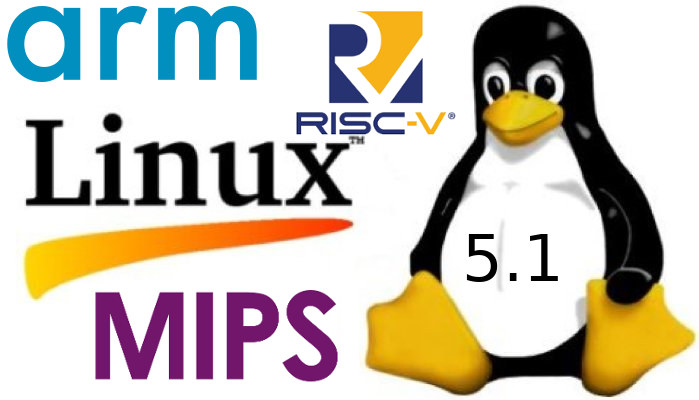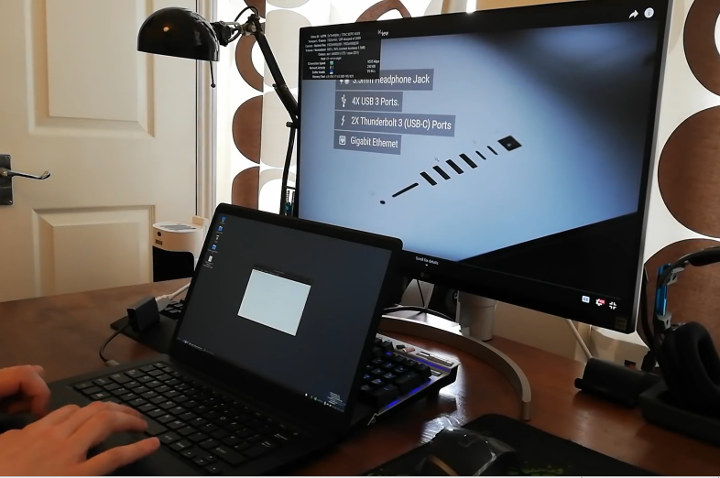If you’ve been following this blog long enough, you may remember that all linux-sunxi community work aiming at improving u-boot and Linux software support on Allwinner processors started with Allwinner A10 processor found in MeLE A1000 TV box back in 2012, which at the time provided an interesting alternative to Raspberry Pi board that was in short supply at launch time and several months after. One of the most interesting feature found in Allwinner A10 single core Arm Cortex-A8 processor was its SATA interface, and Allwinner A20 was announced a few months later with a dual core Cortex-A7 processor and virtually the same peripherals as Allwinner A10, including SATA. However when I tested CubieTruck board connected to a mechanical drive, I noticed sequential SATA performance was fine for reads (~180MB/s), but writes were fairly slow at around 36 MB/s. Other people complained about it, and some looked into it, and […]
Volumio Motivo is a Gorgeous Audio Streamer Powered by SOPINE A64 SoM
Volumio is a well-known Linux based open source music player for Raspberry Pi, UDOO, Cubox-I, Beaglebone Black, and other single board computers. Some companies even made audiophile boards with support for Volumio including Khadas Tone high-resolution audio board for VIM/VIM2 SBC’s, and the tiny VoltaStream ZERO following Raspberry Pi Zero form factor. But Volumio team has decided to make their own hardware with Motivo, an awesomely looking audio streamer designed in collaboration with Yottamusic engineering firm, and Design Narratives industrial design company. Motivo was introduced at High-End Munich, the world’s biggest Hi-Fi trade fair, and Pine64 posted some photos in a tweet claiming it was powered by their SOPINE A64 system-on-module. The full details about the device have not been published at the time of writing, but we can still derive some of Volumio Motivo specifications and key features from the photos and a few bits of public information: System-on-Module […]
Gateworks Introduces GW16126 Mini-PCIe Cat M1 Modem and Bluetooth LE Radio
Gateworks has launched another mini PCIe card providing IoT connectivity for their NXP i.MX 6 and Cavium Octeon TX powered SBC’s. Last month we covered GW16130 Mini PCIe satellite modem, and the company has now announced GW16126 mini PCIe card with a Cat M1 (eMTC) modem and a Bluetooth Low Energy radio for the US market, and other regions or countries where LTE Cat M1 networks have been deployed. Gateworks GW16126 mini PCIe card specifications: LTE Cat M1 Module – U-blox SARA-R410M-52 LTE CAT M1 cellular modem with up to 375 kb/s upload and 300 kb/s download; LTE Bands 2,4,5,12,13 SIM card – nano-SIM socket with hologram starter SIM included with free 1MB/month starter plan included BLE module – u-blox NINA-B301 Open CPU Bluetooth 5.0 Low Energy Radio based on Nordic Semiconductor nRF52840 chipset, Zephyr RTOS with Bluetooth HCI UART Host Interface. BLE Rates up to 2Mbps Antennas – 2x […]
Roshambo Retro Gaming Console Kit Features Rock64 or RockPro64 Board
Recalbox, Lakka TV, Retro Arena, and Batocera are some of the retro gaming distributions optimized to run on development boards. You can install those by yourself, and enclose the board is any case, but if you want something more fancy, Cloud Media is now selling Roshambo retro gaming kit based on Rock64 (RK3328) or RockPro64 (RK3399) SBC’s. Roshambo and RoshamboPro retro gaming kits are compatible with respectively Rock64 and RockPro64 boards, come with a shell with carrier board, power supply, cooling fan (Pro model only) and support cables. The kits support 256GB or 512GB SSD cartridges provided by the company, and optional game controllers with analog triggers and buttons are also available for purchase. Pine64 Rock64 / RockPro64 boards are compatible with Recalbox, Lakka TV, Retro Arena, and Batocera distributions, but bear in mind ROMs are not provided, so you’d have to install your own, or play free games only. […]
Windows Subsystem for Linux 2 Gets a Linux Kernel, Faster File System, Docker Support
Microsoft first introduced Windows Subsystem for Linux in 2016 in order to let developers runs bash command from Ubuntu user space without having to install Ubuntu in a virtual machine or container. It relies on the Windows kernel with a library converting Linux system calls into ones compatible with Windows. Performance is great until you start to involve file systems calls, for example during code compilations, something that’s fairly common for developers… Microsoft has been working on solving this performance issue, and compatibility issues with software such as Docker, and is now close to releasing Windows Subsystem for Linux 2 (WSL 2) featuring its own Linux 4.19 kernel instead of the Windows kernel plus a translation layer. WSL 2 uses virtualization technology to run its custom Linux kernel inside of a lightweight utility virtual machine (VM) which takes just 2 seconds to boot. That also means there will be separate […]
miriac MPX-LS1028A NXP QorIQ LS1028A SoM Targets TSN Applications with HMI Display
NXP QorIQ LayerScape LS1028A communication SoC was first unveiled in March 2017 with two Armv8 cores, GPU and LCD controller for HMI systems, as well as Time-Sensitive Networking (TSN) capabilities useful in industrial settings. As usual it takes a while before the company finalize their design and software support, but LS1028A has started to appear at least in one hardware platform that’s supposed to launch this quarter (Q2 2019): MicroSys miriac MPX-LS1028A system-on-module. miriac MPX-LS1028A SoM specifications: SoC – NXP QorIQ LS1018 / LS1028 single / dual core Arm Cortex-A72 clocked at up to 1.3 GHz with MXC Vivante GPU, Mali Display Processor, configurable cryptographic offload engines (Optional: LS1017/LS1027 without GPU for cost saving) System Memory – Up to 4GB 32 Bit DDR4 with ECC RAM at up to 1600 MT/s Storage – Up to 256MB Serial NOR Flash & up to 4GB Serial NAND Flash; EEPROM MXM 2.0 edge […]
Linux 5.1 Release – Main Changes, Arm, MIPS & RISC-V Architectures
Linus Torvalds has just announced the release of Linux 5.1: So it’s a bit later in the day than I usually do this, just because I was waffling about the release. Partly because I got some small pull requests today, but mostly just because I wasn’t looking forward to the timing of this upcoming 5.2 merge window. But the last-minute pull requests really weren’t big enough to justify delaying things over, and hopefully the merge window timing won’t be all that painful either. I just happen to have the college graduation of my oldest happen right smack dab in the middle of the upcoming merge window, so I might be effectively offline for a few days there. If worst comes to worst, I’ll extend it to make it all work, but I don’t think it will be needed. Anyway, on to 5.1 itself. The past week has been pretty calm, […]
Pinebook Pro Arm Laptop Video Demo
Pine64 first revealed working on Pinebook Pro Arm Linux laptop at FOSDEM 2019 back at the end of January. The first Pinebook laptop had limited hardware resources, and as such was meant for simple tasks, but Pinebook Pro equipped with Rockchip RK3399 processor, 4GB RAM, 64GB to 128GB flash, and a 14″ Full HD display is designed to be used as your main laptop. That means everything needs to work from 3D graphics acceleration, to hardware video decoding, and USB-C video output. Lukasz Erecinski very recently shot a demo of the laptop in action, and everything looks very good, meaning the laptop should be come available soon. You can watch the demo further below, but if you are in a rush here’s what has been tested and works: Ubuntu & Debian with MATE desktop 4K video playback 3D graphics acceleration for games (Quake demo) 3D graphics acceleration in Chromium web […]


